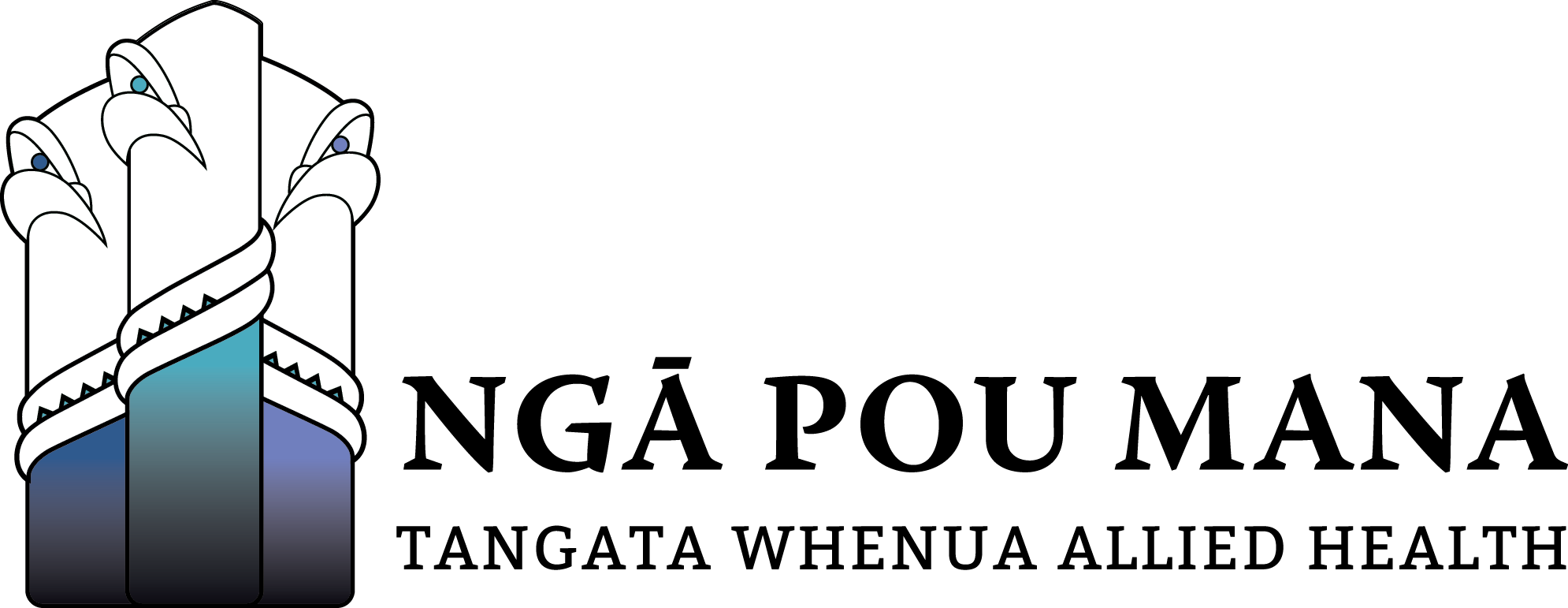If you’re experiencing pain or living with a bone disease like Osteoporosis, you can find ways to protect your bones.
Additionally, a physiotherapist can help you identify ways of moving to support your stability and prevent falls.
The way you move can greatly improve our quality of life, regardless of age.
Prevention
Mobility and balance exercises help prevent falls, a major cause of disability in older adults.
Strength exercises done at a moderate to high intensity build muscles and reduce the risk of osteoporosis.
Moderate to vigorous intensity aerobic activities can be effective in preventing osteoporosis, hypertension, type 2 diabetes, disability, and hospitalisation.
The combination of moderate to vigorous intensity physical activity can be effective in preventing:
- Falls
- Physical injury or disability
- Osteoporosis
- Hospitalisation
- Hypertension
- Type 2 diabetes
Management
There are many physical activities with specific health benefits.
Even singing - which can improve the effects of some breathing disorders.
To have the maximum positive impact on muscular strength and balance, exercise needs be sustained at a certain physical level.
This is reflected through a physiological factor like our heart rate. A person’s maximum or optimal aerobic heart rate changes, relative to our age.
Some examples of effective physiotherapy interventions include:
- Moderate to vigorous intensity aerobic activities are also effective for older adults living with vascular or heart disease, stroke, cancer, osteoarthritis, neurological disorders, hip injury, and mental health conditions.
- Resistance training, even at different levels of intensity assist with managing vascular disease, stroke, osteoarthritis, frailty, obesity, hip injury, sleep problems, and depression.
- Mobility and balance-focused activities are effective in managing stroke, osteoarthritis, frailty, and sleep problems.


